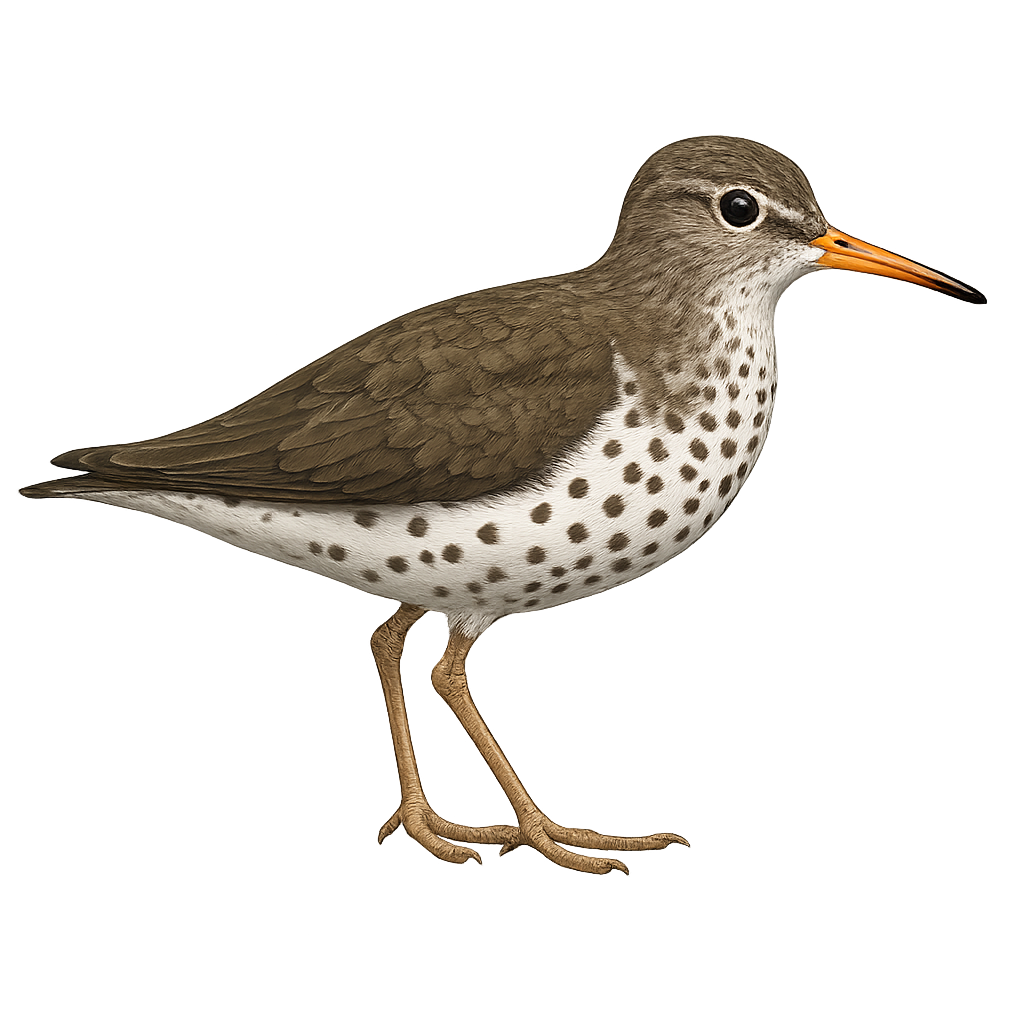Your wildlife photography guide.
Explore the spotted sandpiper in detail, study its behavior, prepare your shots.
Where to observe and photograph the spotted sandpiper in the wild
Learn where and when to spot the spotted sandpiper in the wild, how to identify the species based on distinctive features, and what natural environments it inhabits. The WildlifePhotographer app offers tailored photography tips that reflect the spotted sandpiper’s behavior, helping you capture better wildlife images. Explore the full species profile for key information including description, habitat, active periods, and approach techniques.
Spotted Sandpiper
Scientific name: Actitis macularius

IUCN Status: Least Concern
Family: SCOLOPACIDAE
Group: Birds
Sensitivity to human approach: Suspicious
Minimum approach distance: 10 m
Courtship display: April to June
Incubation: 19-22 jours
Hatchings: May to July
Habitat:
Riverbanks, lakes, ponds
Activity period :
Primarily active during the day, with peak activity in the morning and late afternoon.
Identification and description:
The Spotted Sandpiper, Actitis macularius, is a small shorebird belonging to the Scolopacidae family. It is easily identified by its olive-brown upperparts and white underparts, speckled with dark spots during the breeding season. This bird frequents the shores of rivers, lakes, and ponds, where it feeds mainly on aquatic insects and small crustaceans. Known for its distinctive tail-bobbing behavior, it breeds in North America and migrates to Central and South America for the winter. Its adaptability to various aquatic habitats makes it a resilient species, although habitat degradation poses a potential threat.
Recommended lens:
400mm – adjust based on distance, desired framing (portrait or habitat), and approach conditions.
Photography tips:
To photograph the Spotted Sandpiper, it is advisable to use a telephoto lens of at least 400mm to capture detailed images without disturbing the bird. Approach slowly and discreetly, using surrounding vegetation as cover. The best opportunities often arise early in the morning or late in the afternoon when the light is soft and the bird's activity is at its peak. Be patient and ready to capture its characteristic tail-bobbing behavior.
The WildlifePhotographer App is coming soon!
Be the first to explore the best nature spots, track rutting seasons, log your observations, and observe more wildlife.
Already 1 439 wildlife lovers subscribed worldwide

